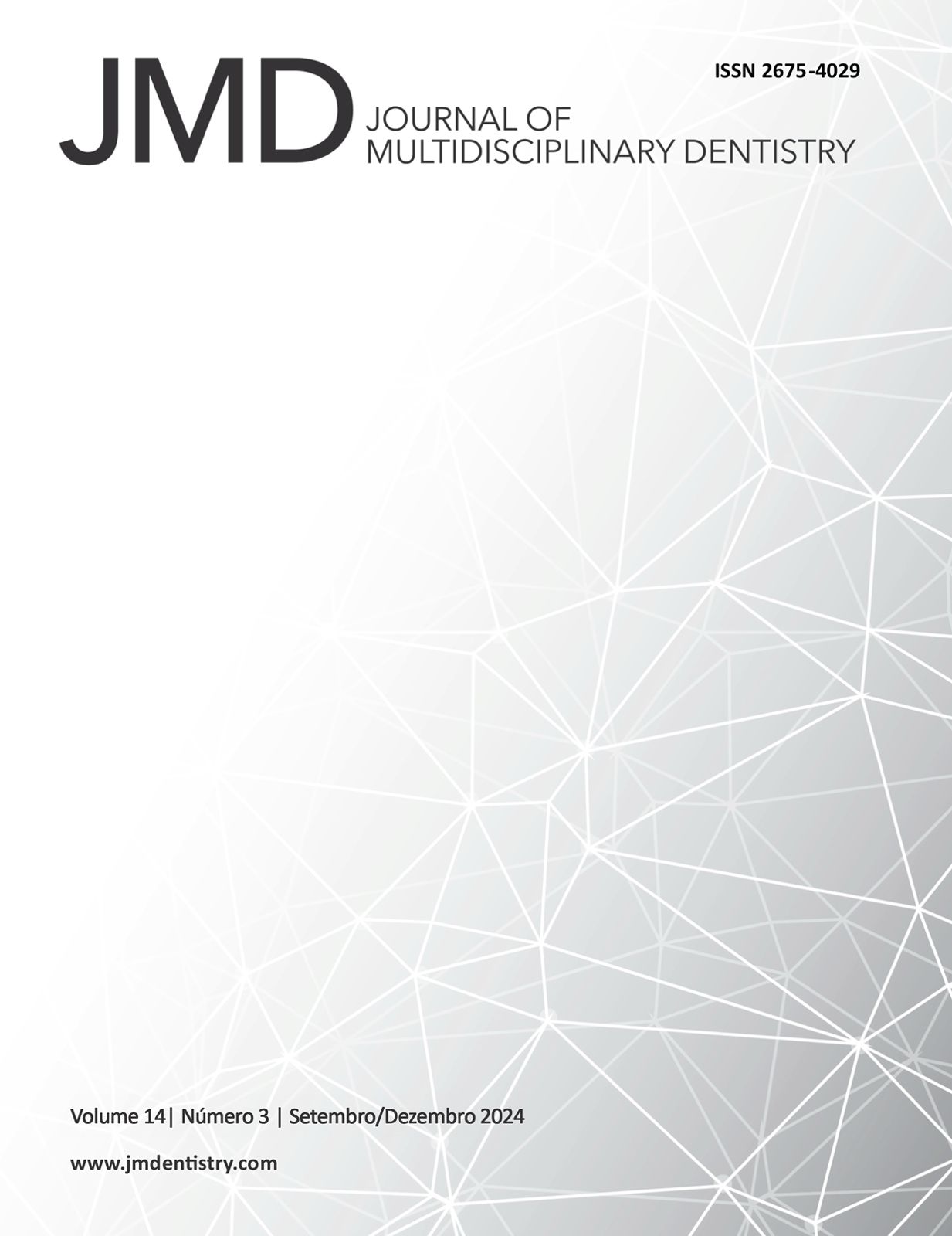The applicability of mandibular advancement using a Bionator
DOI:
https://doi.org/10.46875/jmd.v14i3.1259Keywords:
Orthodontics, preventive, Orthodontics, interceptive, OrthopedicsAbstract
The Bionator is a functional appliance designed to stimulate mandibular growth and correct Class II malocclusions by promoting advanced mandibular positioning. Widely used in early orthodontic interventions, it aims to optimize growth potential during childhood and adolescence. This study is a narrative literature review on the applicability of mandibular advancement using the Bionator appliance. Studies published in the last 10 years indexed in databases such as Google Scholar, SciELO, PubMed, LILACS, and book chapters were included. The installation of fixed or removable orthodontic and orthopedic appliances plays a crucial role in restoring normal functions of the stomatognathic system, correcting crossbite, anterior or posterior open bite, and dental crowding. The Bionator effectively modifies mandibular posture, improving skeletal discrepancies and contributing to favorable aesthetic and functional outcomes. Studies highlight its effectiveness in reducing overjet and promoting facial harmony through stimulation of harmonious growth of the mandibular complex. Patient compliance and precise appliance adjustment are crucial for treatment success. Thus, the Bionator emerges as a valuable tool in orthodontic practice, offering a non-invasive approach to treat mandibular deficiencies and achieve optimal dental alignment in growing.


